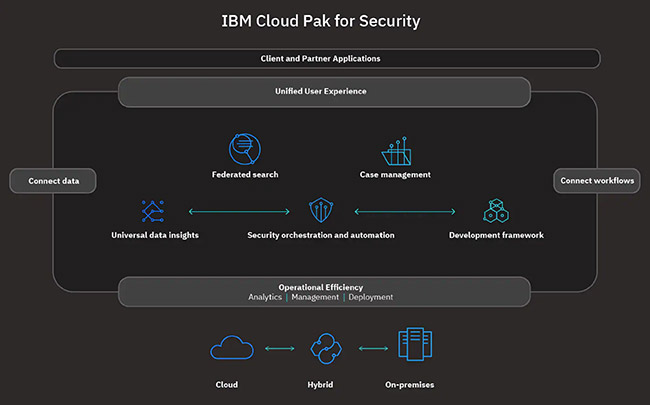Cloud Native CP4S¶
Overview¶
Audience: Architects, Application developers, Administrators
In this introduction to Cloud Native CP4S, we're going to:
- Examine a system context diagram for an CP4S deployment
- Identify the different categories of concern for production operations
- Understand how the IBM CloudPak for Integration is used to build production deployments
- Highlight the benefits of a cloud native approach to CP4S deployment
System context¶
Examine the following system context diagram:

We can see the different entities that interact with a typical CP4S deployment. These include physical users as well as applications and systems.
This guide is divided into chapters that help you build, step-by-step, a working CP4S deployment, based on a cloud native approach. The guide addresses all the major aspects and best practices for:
- Installation
- Deployment
- Configuration management
- Operational monitoring
- High Availability
- Security
- Disaster recovery
- Performance
The guide makes extensive use of the IBM Cloud Pak for Integration (CP4I) and other cloud native technologies. We'll use the the containers, operators, microservices, immutable infrastructure and declarative APIs provided by the CloudPak to to create a best-practice, production-ready CP4S deployment. Alongside the CloudPak, we'll also learn how CNCF technologies such as Kubernetes, Operators, Tekton, ArgoCD, or Prometheus integrate with the CloudPak in a production environment.
Cloud native systems like CP4S are loosely coupled, making them resilient, manageable, and observable. A cloud native approach also brings robust DevOps automation which allows CP4S developers, administrators and architects to make high quality changes with predictability and minimal toil as frequently as their organization requires.
Now that we've identified the entities that interact with a cloud native CP4S deployment, let's examine the architecture of an CP4S deployment in more detail.